Using a Lifestyle Medicine Approach to Support Health
The American College of Lifestyle Medicine (ACLM) defines lifestyle medicine as an approach to prevent, treat, and sometimes reverse chronic diseases to promote optimal health. Individuals are encouraged to follow a healthy eating pattern that is predominantly plant-based, engage in regular physical activity, experience restorative sleep, manage stress with success, avoid risky substances, and engage in positive social connections. There are a variety of tools and strategies that medical, health, and fitness professionals can utilize to have a collaborative conversation with clients and/or patients that can evoke change. It is useful to have a structured framework to facilitate the conversation.
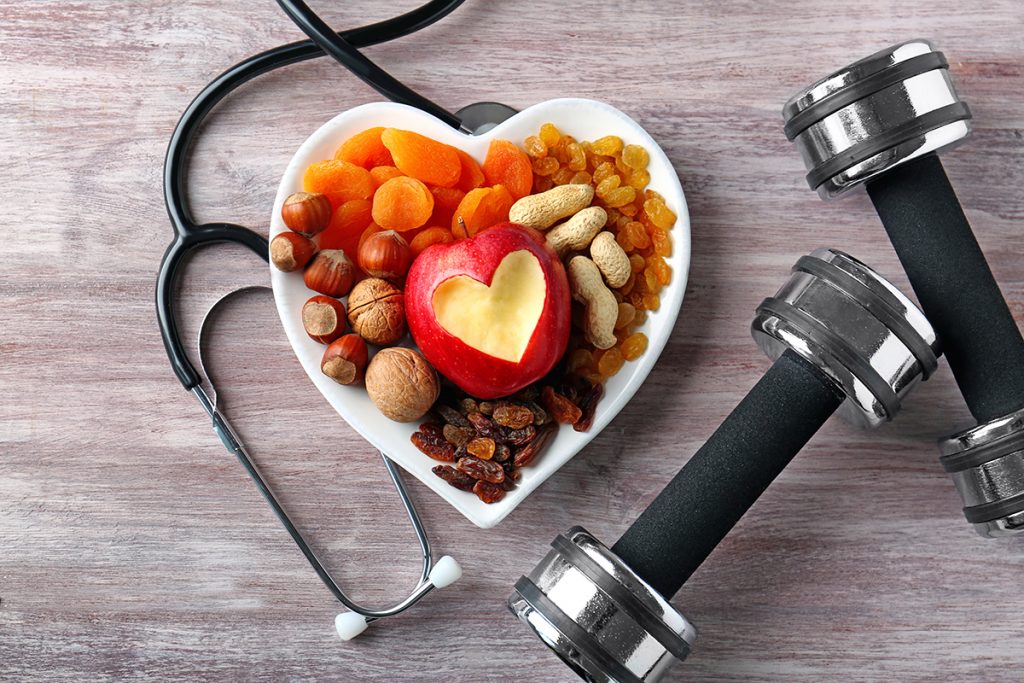
Using the 5 A’s Framework to Structure the Conversation
Many medical providers and personal trainers have not been trained to facilitate a conversation surrounding an individual’s desire and readiness to change. This is a useful tool for structuring the conversation and ultimately setting SMART goals if the client or patient is indeed ready to commit to making a change.1
Assess
To begin the conversation, ask if the patient is currently engaging in the healthy behavior that is being contemplated as well as exploring their feelings about this specific health behavior. This dialogue will give you some insight about current beliefs and behaviors as well as identifying any gaps in their knowledge.
Advise
Here you can put on your expert hat and provide the individual with evidence-based information that highlights the benefits of making a health behavior change. If your client or patient is receptive, now is the time to provide them with specific strategies or a prescription. For example, if they are looking to lose weight, you could prescribe a combination of cardiovascular and muscle strengthening exercises to support that goal.
Agree
As the conversation continues, collaboratively work to identify goals based on where they are showing interest and energy as well as where they have confidence in their ability to successfully make a sustainable change. In this part of the conversation, you can help your client and/or patient create a SMART goal that is relevant and aligns with their values to promote self-efficacy.
Assist
It is now time to discuss potential barriers and explore strategies that could be helpful in overcoming these challenges. This is also an opportunity to discuss social and environmental support structures that have the capacity to promote accountability and ultimately lead to self-monitoring.
Arrange
As the conversation draws to a close, arrange a follow-up visit to monitor progress and convey that you are there to provide motivation, accountability, and support. This is also an opportunity to refer your client and/or patient to community resources or to other health, fitness, or nutrition professionals that can support the behavior change process.
Redefine Health with Lifestyle Medicine
Using a lifestyle medicine approach highlights the need to promote optimal health by addressing health behaviors across the dimensions of wellness. This approach has the capacity to prioritize mental health as it is integrally related to our physical health and impacts our relationships with others. Lifestyle medicine is an emerging field that prioritizes our conversations with clients and patients creating rapport and trust that ultimately enables them to experiment with behavior change. Health coaching and lifestyle medicine are a powerful combination used in delivering evidence-based interventions that have the capacity to help others redefine their health.
Suzanne Stringer, Master of Health Science, CHES, CHC, CPT is a health coach and personal trainer. She collaborates with clients to co-create goals that enable them to experience success as they work through the behavior change process. Additionally, Suzanne is an adjunct faculty member in the Health Sciences Department at AACC.
References
- American College of Lifestyle Medicine. (2021). Foundations of Lifestyle Medicine Board Review Manual. American College of Lifestyle Medicine.

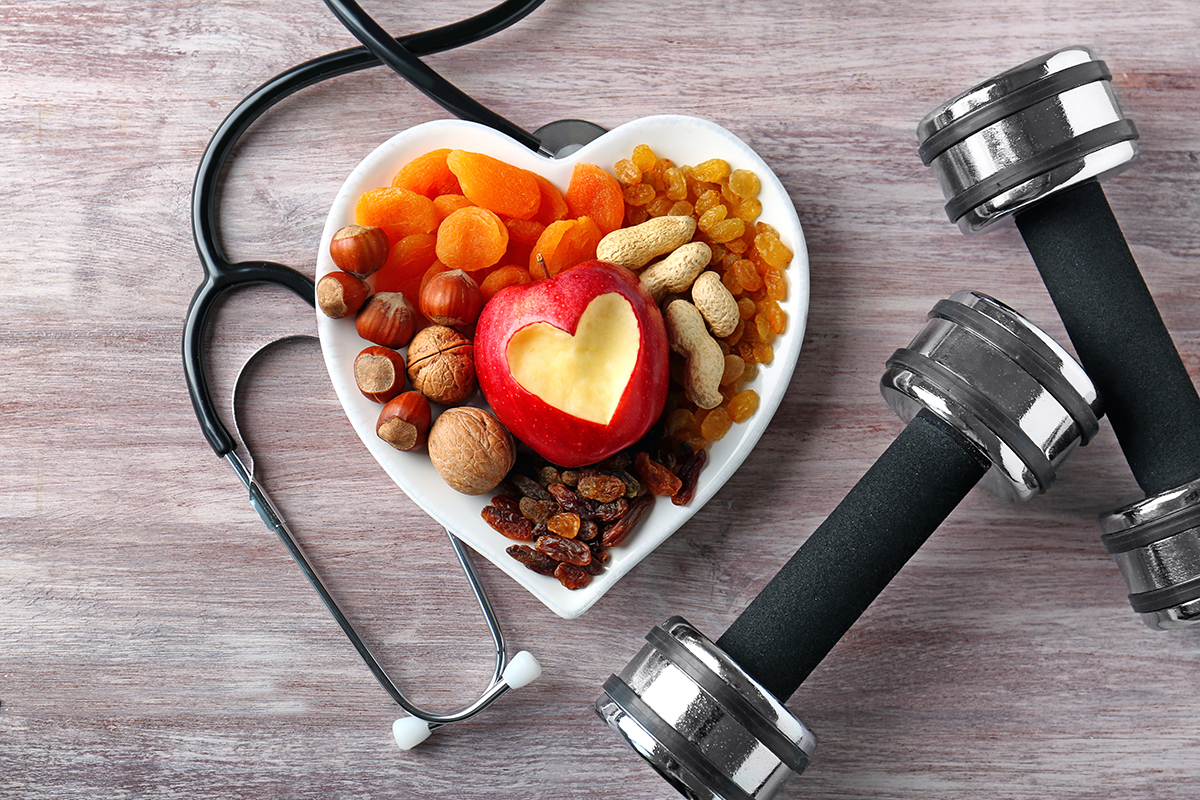

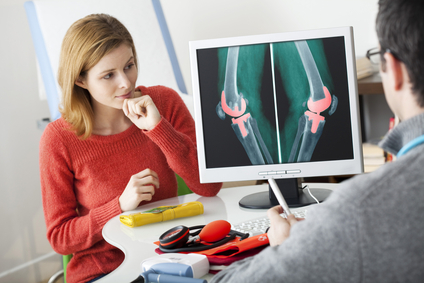


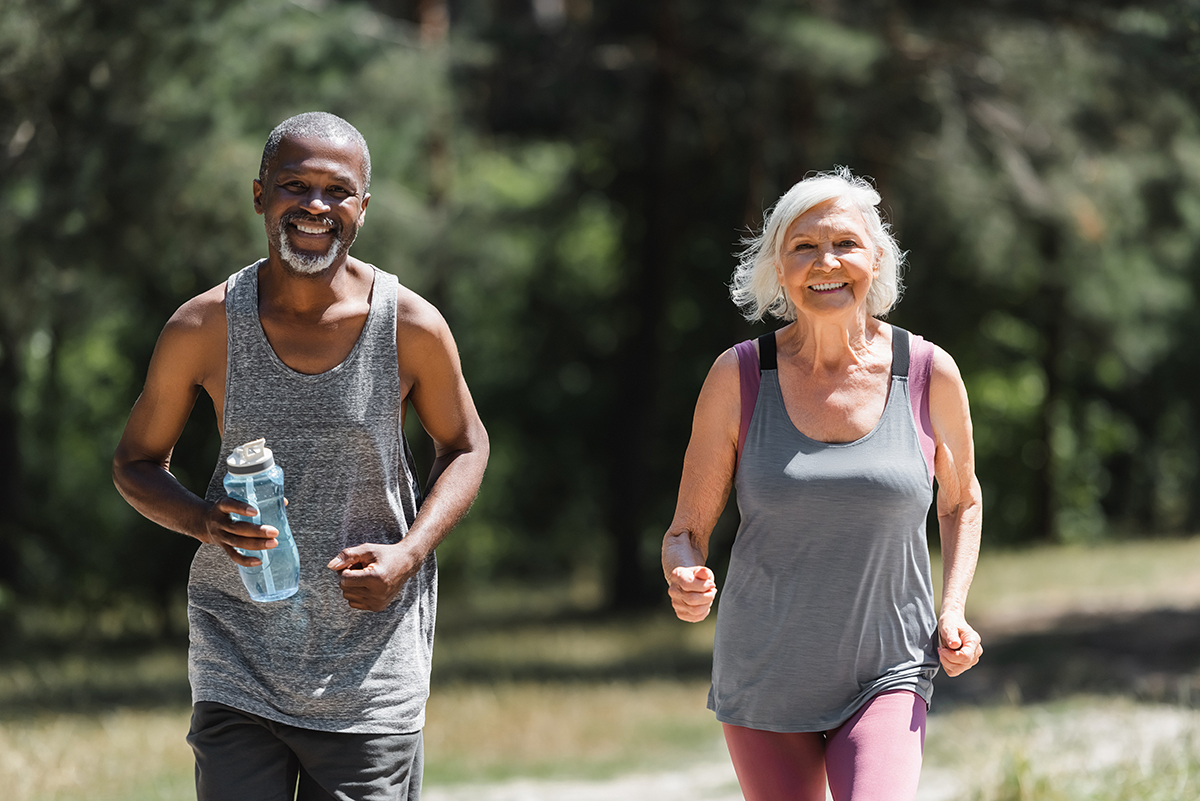
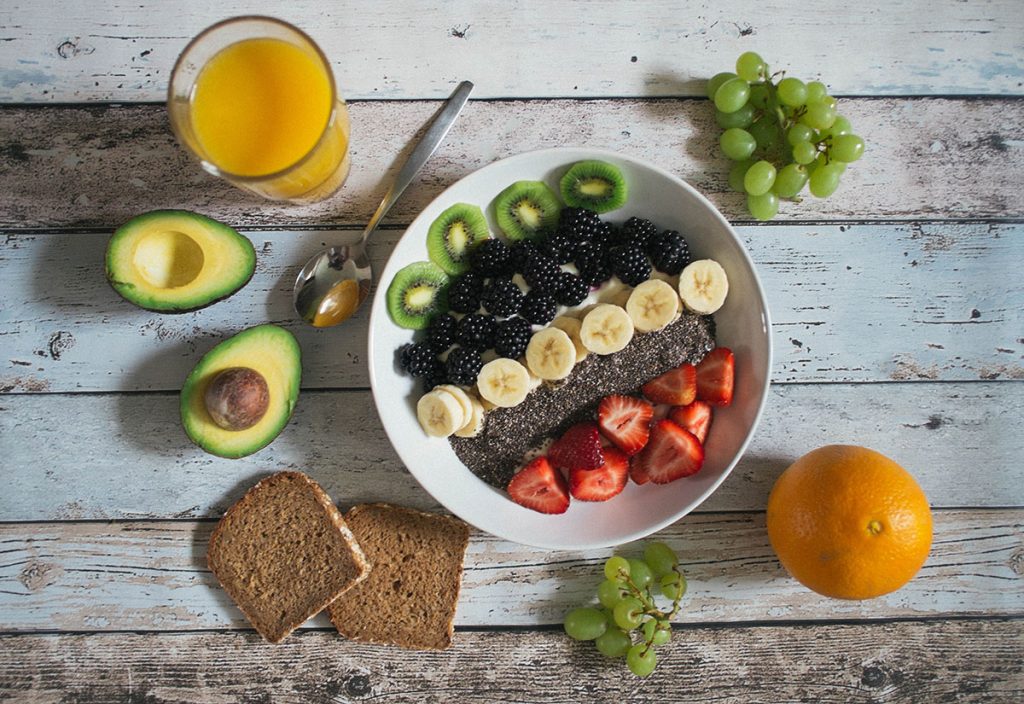
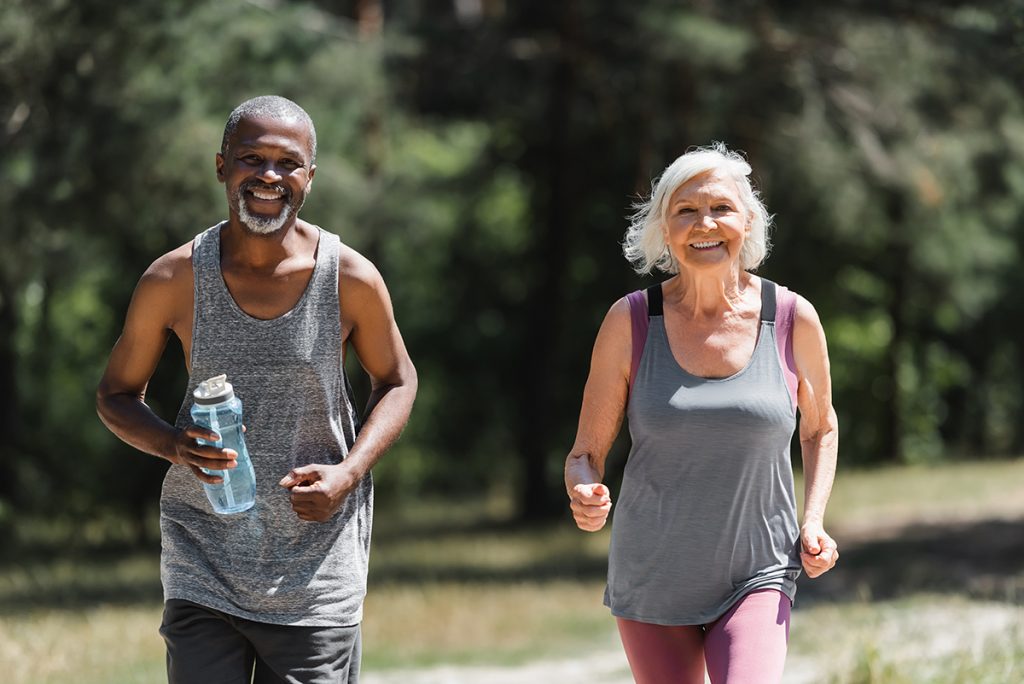
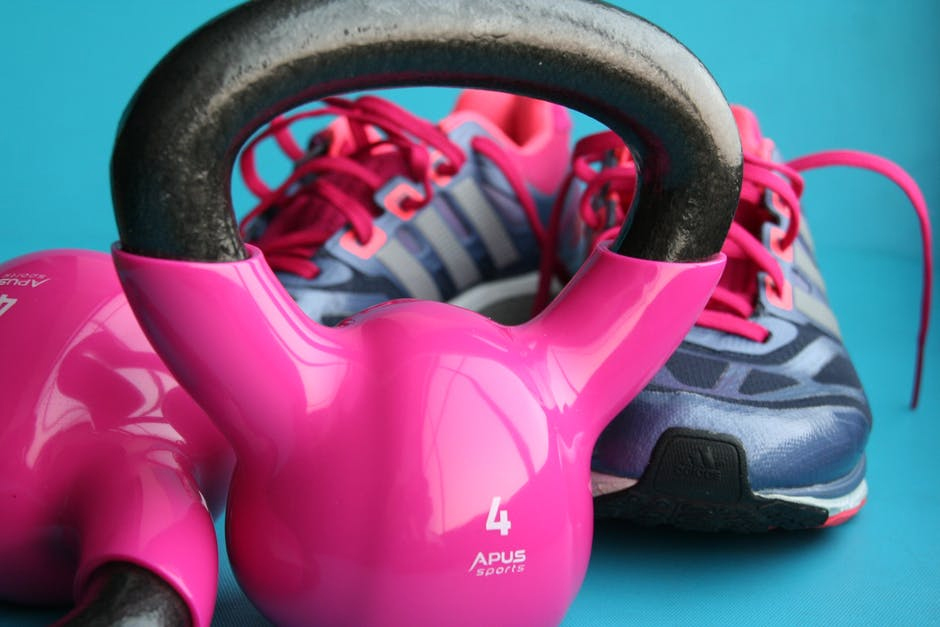

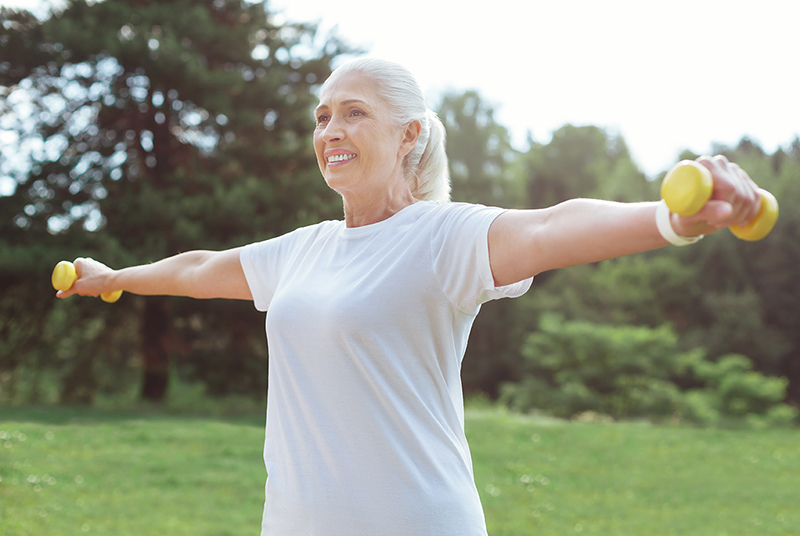
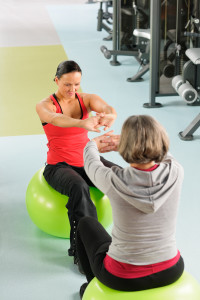 Conclusion
Conclusion
